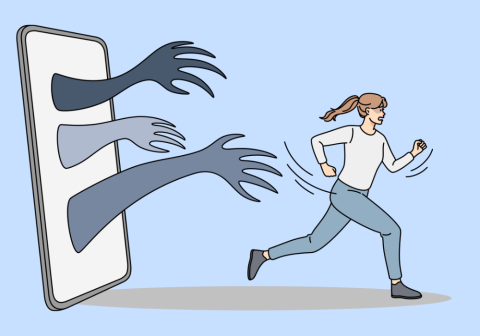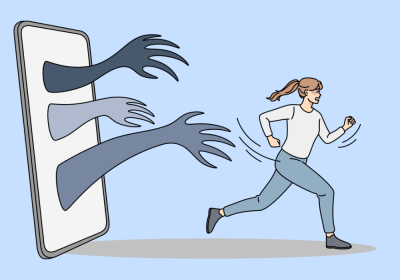 Featuring: Joan Kaylor, LPC, MSEd, DCEP
Featuring: Joan Kaylor, LPC, MSEd, DCEP

November 16, 2017 12:00 PM-1:00 PM ET
Acupressure, PTSD and Emotional Freedom Technique - An Innovative Approach to Healing
This webinar is not eligible for CEs
Webinar Description:
This webinar will start by touching upon the history and basis of acupressure. In 1972 Chinese acupuncture and acupressure were brought to the US following Richard Nixon’s visit to China. Today acupuncture and acupressure are accepted as methods of healing various medical conditions such as for the treatment of PTSD, anxiety and depression.
With a focus on PTSD, there is robust meta-analysis research using brain imaging that shows the effectiveness of acupoint stimulation in treatment looking at pre and post effects of stimulation. There is equally strong data on the effectiveness of acupuncture.The webinar will also look at the current research on the treatment of PTSD and a specific acupoint stimulation technique known as Emotional Freedom Techniques that has been shown to work in a fair range of people.
Ms. Kaylor will share expertise on the mechanics of acupoint stimulation such as the 14 meridian pathways and how acupressure points work to release PTSD symptoms by acting as “switches and electric outlets” of the human body. The specific acupoint stimulation technique known as Emotional Freedom Techniques will also be described in how it is used in the treatment of PTSD by keeping energy channels open in the human body to maintain health.
Ms. Kaylor will discuss how the effectiveness of acupoint stimulation and ETF are enhanced in the release and treatment of PTSD by combining them with CBT and other therapies such as neuro linguistic programming (NLP). Join us in this innovative webinar to learn the basics of acupressure and ETF as relating to PTSD, and understand how to combine this approach with other treatments you may be contemplating.
At the end of this session participants will be able to:
- Spell out the basics of how acupressure works
- Articulate the research on PTSD and acupressure and related techniques
- Identify the specific acupoints for stimulation in the treatment of PTSD
- Describe Emotional Freedom techniques
- Understand how to combine CBT and NLP with acupoint stimulation in the treatment of PTSD
Presentation Level: Introductory
This webinar is not eligible for CEs.
Presenter's Biography:
Ms. Joan Kaylor, MSEd, LPC, DCEP, is a Licensed Professional Counselor and a National Certified Counselor with extensive clinical expertise in the treatment of anxiety disorders, obsessive-compulsive disorder, trichotillomania, and PTSD.
Ms. Kaylor became a National Certified Counselor in early 1994 and earned a Master of Science in Education later in 1994. She became a Certified Tapas Acupressure Technique Professional and Trainer in 2008 and earned diploma status in Comprehensive Energy Psychology in 2011 from the Association of Comprehensive Energy Psychology.
Joan Kaylor cares deeply about helping the world to heal. She has demonstrated her dedication to healing by training numerous audiences including on Udemy.com, writing several publications in different journals, and acting as a Guest Faculty at several training institutes.
Ms. Kaylor has been an ADAA member for several years. She is also a member of the, the International OCD Foundation, the TLC Foundation for Body Focused Repetitive Behaviors, the Association for Comprehensive Energy Psychology and the Pennsylvania Counseling Association.
















